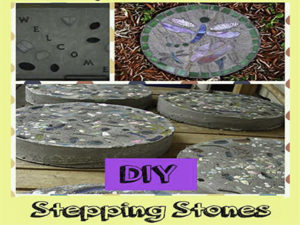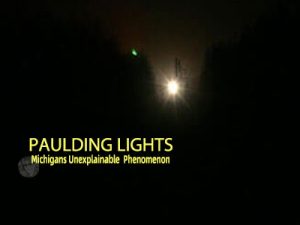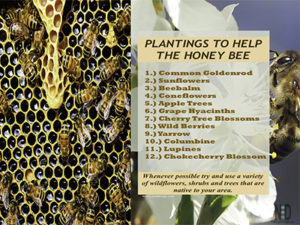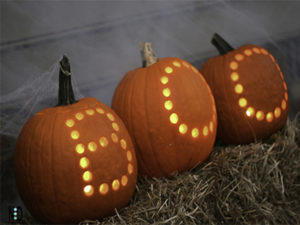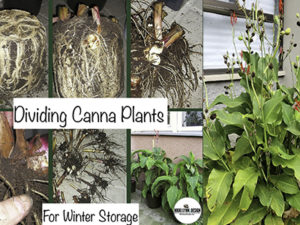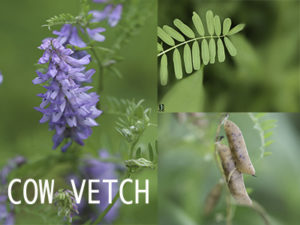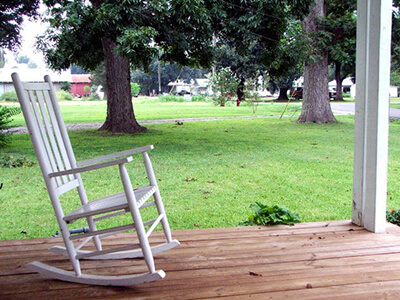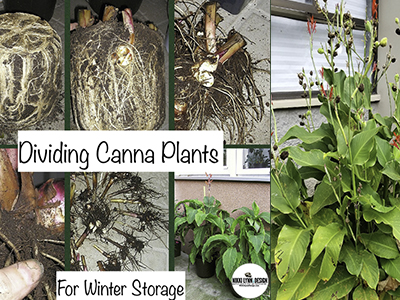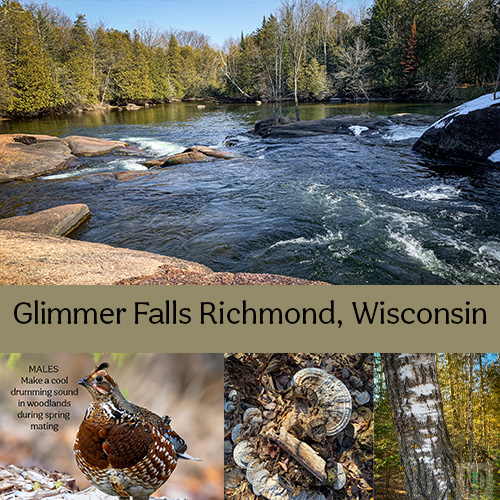Stink Bug
There are many varieties of the stink bug. Most are olive green and black, although some are brightly colored and all are shield-shaped insects.
| Common Name: | Stinkbug, Shield Bugs, Stink Bug, Chust Bug |
|---|---|
| Scientific Family: | True bug family (hemipteran) |
| Coloring: | Beetle comes in a variety of colors |
| Size: | 3/4″ long |
| Shape: | Shield |
| Crop Damage: | Suck the sap from the underside of the leaves, causing them to wilt and die. |
| Fruit Damage: | Physical damage to fruit includes pitting & scarring, leading to a mealy texture. |
The Stink Bug Family {Pentatomidce) has a few beneficial species, although a very large percentage of the species is injurious to plant life. Two common beneficial forms are: Podisiis spinosus (spined tree bug) destroys potato beetles and currant worms, and Perillus circum- cinctiis which appeared recently in large numbers in potato fields where it destroyed potato beetles.
What Stink Bugs Look Like
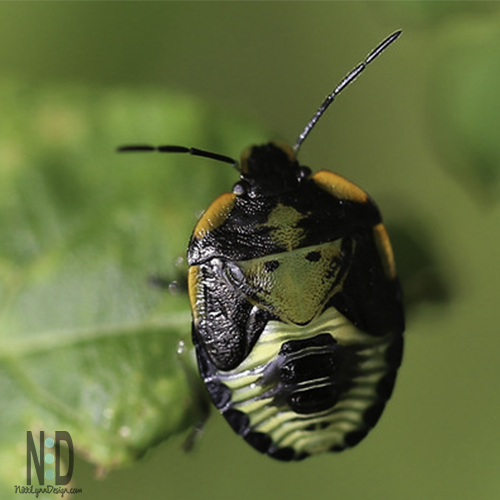
Nymphs do not have fully developed wings. The wings appear when the nymph becomes an adult.
1.) The bugs are about three-fourths of an inch in length.
2.) They come in a variety of colors.
3.) The shape of the bug is always the same. The body shape of stink bugs is all shield-shaped.
Names It Is Known By
1.) Shield bugs
2.) Chust bugs
Adult Forms
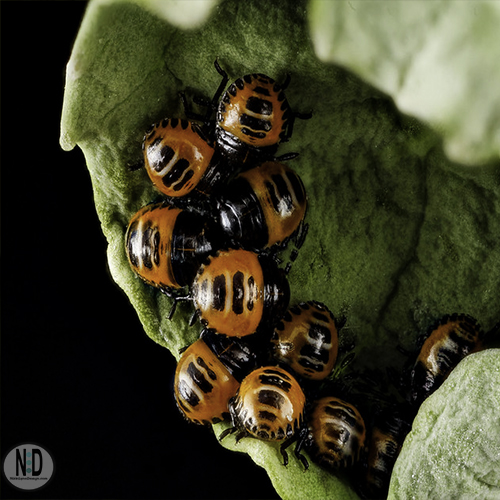
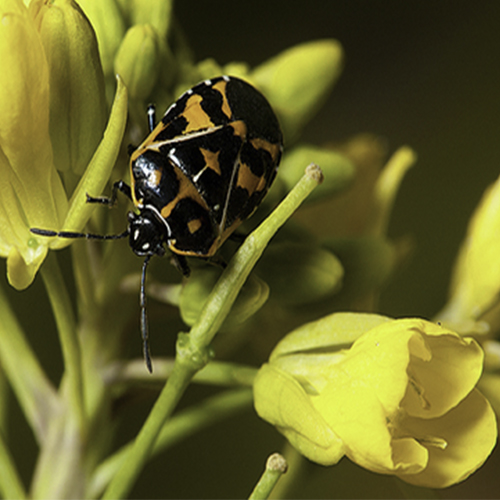
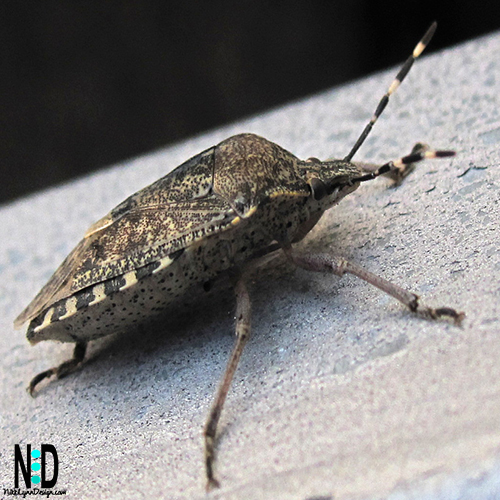
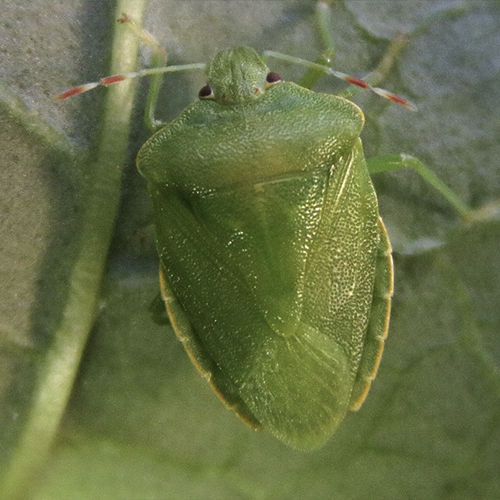
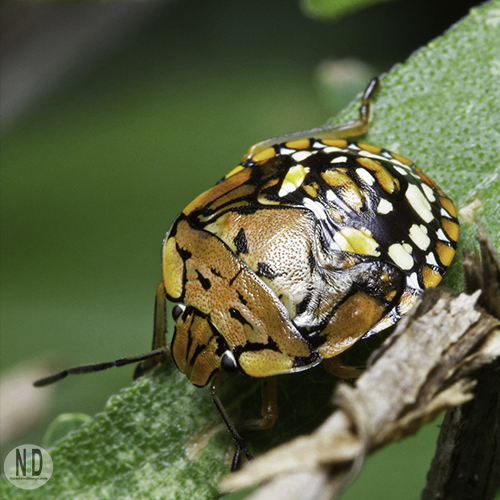
How They Get Their Name
The bug gets its name because if crushed or disturbed it gives off a strong scent. That odor is a chemical defense that they produce in glands on their abdomen to protect them from birds.
Damage They Do To Plants

The bugs suck the sap from the underside of the leaves, causing them to wilt and die.
They feed successfully on numerous fruit, vegetable, and field crops including apples, apricots, Asian pears, cherries, corn (field and sweet), grapes, lima beans, nectarines and peaches, peppers, tomatoes, and soybeans.
Physical damage to fruit includes pitting and scarring, sometimes leading to a mealy texture.
How Do You Get Rid Of Them
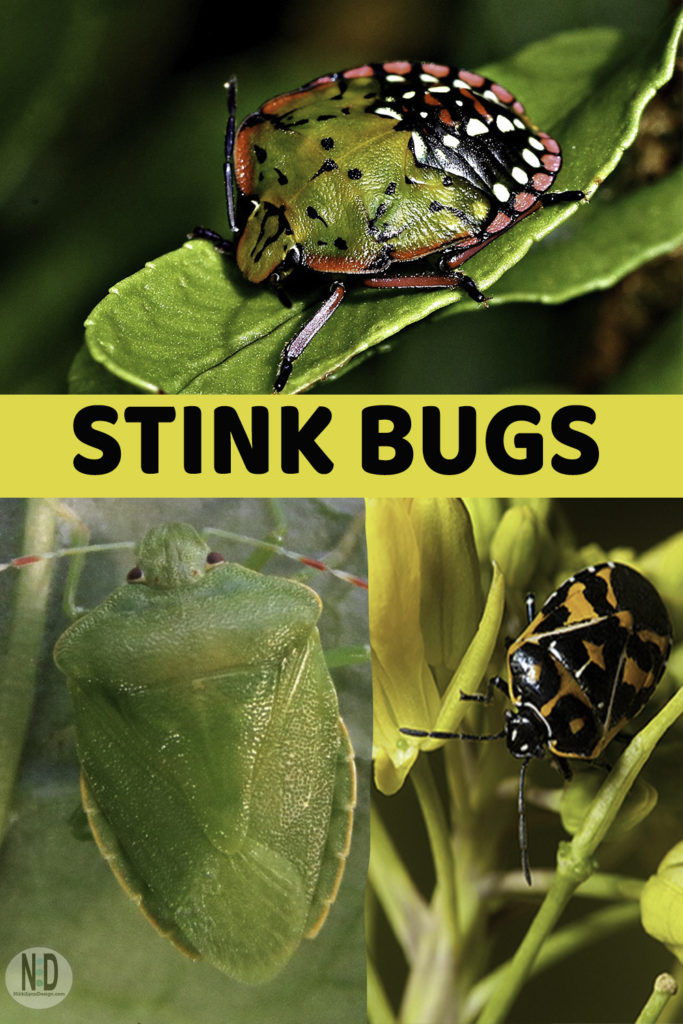
Normally, gardeners do not have to worry too much, because they are in our yards in small numbers. But, if you are having issues then you can try some of these ideas.
1.) Clean up all debris around your home and garden. The bugs use debris as protection. Remove leaf litter and planting past their prime.
2.) Use organic methods like Neem oil and insecticidal soaps. Try using Neem oil first because it will not harm the beneficial insects like ladybugs and the praying mantis that are natural predators of many garden insects.
Inside Home Infestation
As the weather turns cool brown marmorated stink bugs hibernate inside home walls if they find an entry point from the outdoors. If you have a large infestation indoors, call contact a licensed stink bug control professional to evaluate. The professionals can locate the entry point, remove the pests and keep feature infestations from happening.
Related Posts:
Milkweed Bugs
Common Lawn Pests
Coffee Mug Designs
AFFILIATE POLICY: Posts on this site may contain links to outside vendors that pay me a commission when you purchase from them, at no additional cost to you. Thank you for supporting this site!






